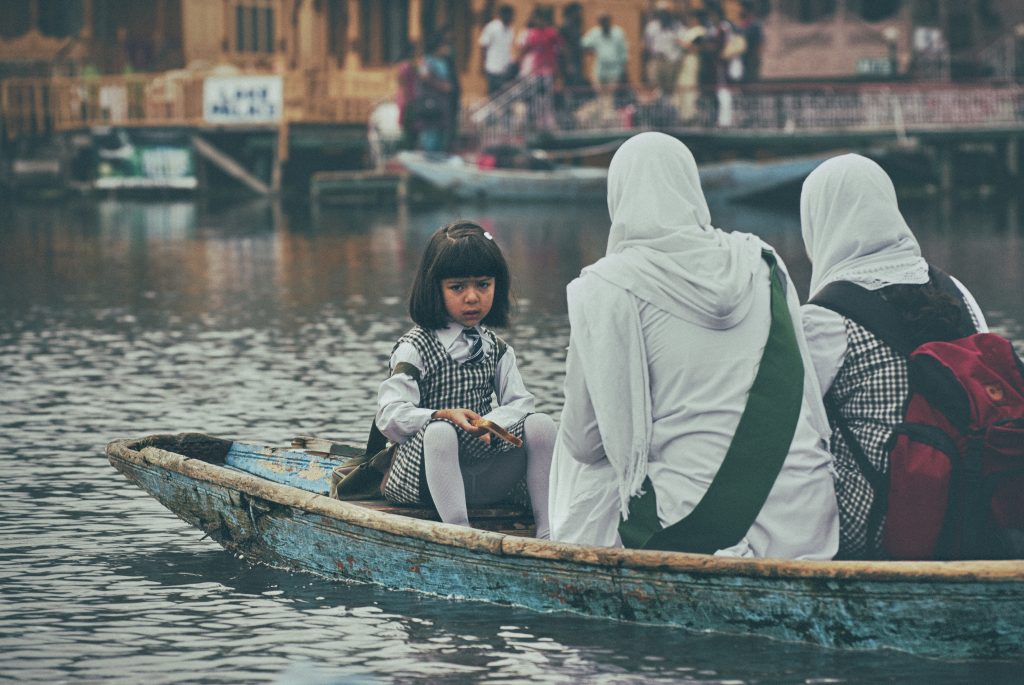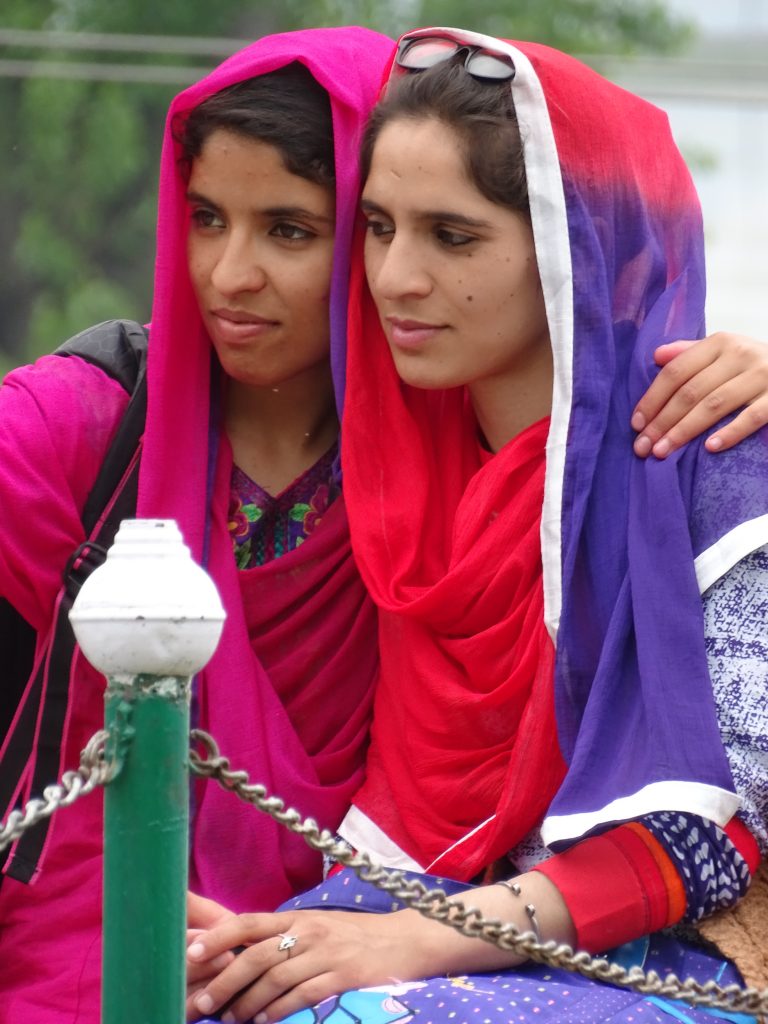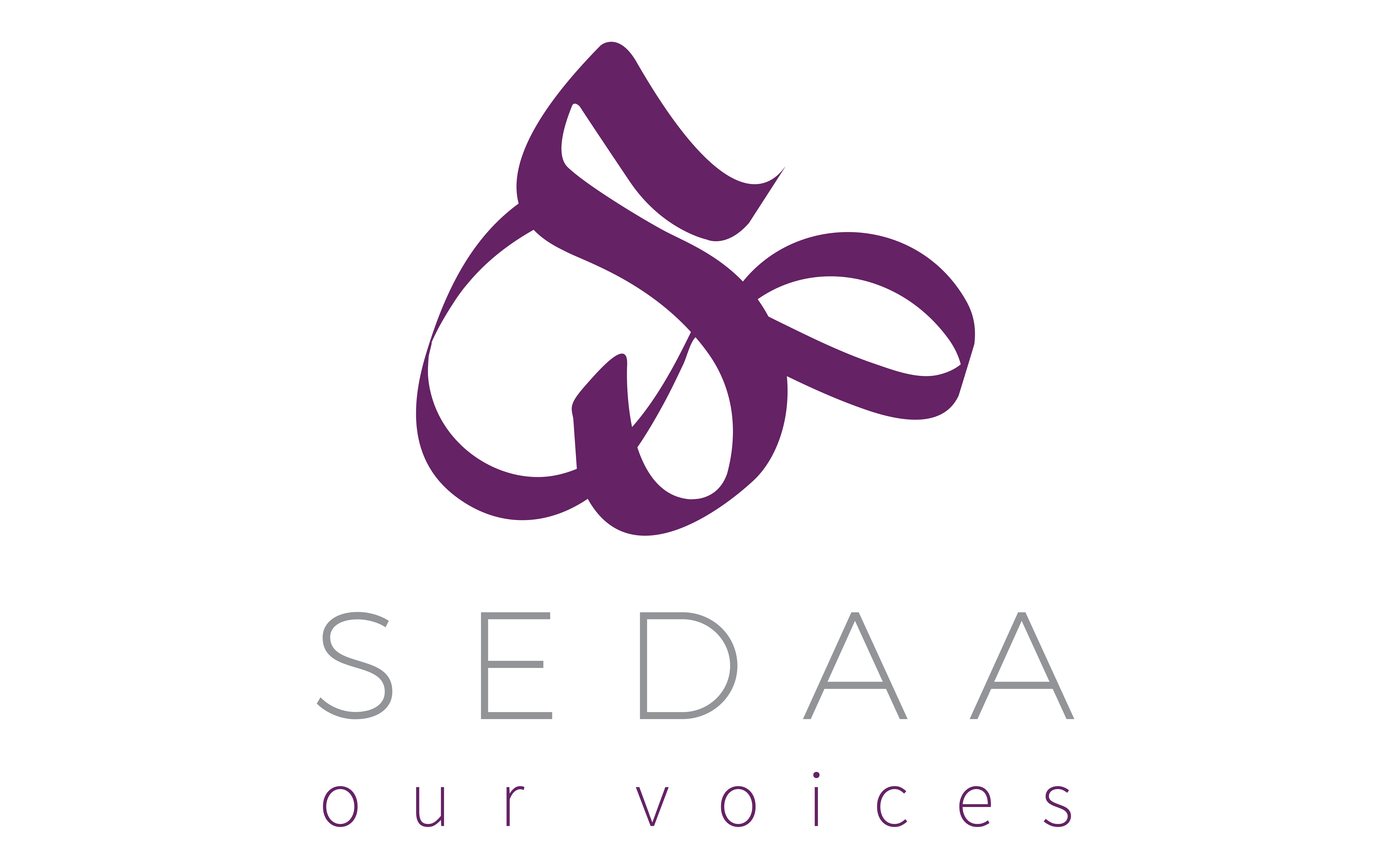By Arshia Malik
I recalled when we first got a male professional coach for basketball in 1988 and the all girls’ school team was being put together.
Being the athlete that I was, I of course signed up and started looking for the usual: shorts; skirts; trainers and T-shirts — a requirement on the court.
Gradually, the realisation that this was Srinagar and not New Delhi dawned as the first impediments to a normal, after-school practice started coming up. First the irritation of our conservative mother (brought up by a life-long, Jamaat-leaning maternal grandfather, in a household full of sons who went to the madrasa school) at my determination to attend the practice sessions in sports attire under the supervision of a male coach.
This was not 2016, when Nike started putting out their initiative to include sportspersons from all kinds of backgrounds. This was 1988, the spill over of the Soviet-Afghan War had started to make inroads in Kashmir via the Muzaffarabad route and jihad was still on the horizon of the Valley, albeit ready to explode.
So it was up to us individually to innovate, improvise and be creative in putting together gear which our fathers, uncles, brothers, cousins and even the women of our families would not frown upon. It is common knowledge that puberty is the age when the religious code of Islam is enforced strictly upon teenagers and one starts understanding the boundary lines and the yes or no zones where one can exercise freedom. A lot of luck is also involved, depending on whether you are from a liberal or a conservative family.
After the usual rebellious stubbornness of my teen years and through sheer willpower, I managed to start the sessions and stay back after school and quickly made it to the team. But the moments of harassment on the streets of Srinagar while returning back from practice in sports gear — the catcalls, the wolf-whistles, the hollering in Kashmiri with pun intended humour and double innuendos — stayed etched in my memory, only to resurface when the mind matured to understand the link between the subjugation of women and religion, and how much culture contributed to it.

What makes me mad today though is not the men, who behaved like they usually do in South Asia, but the women and young girls at that time: feigning those pretentious shocked looks at the hemline of our skirts; cooking up stories about the male coach and those whom he pushed to go beyond their limits of endurance; always grinning every time one of us fell due to a foul in the game and a bloomer/bicycle shorts became visible; the knowing looks passed when our locker talk turned to the new fad of sports bras and ”modest gear” which we so desperately sought to getting our fathers, uncles, brothers and cousins off our backs so that we could concentrate on the game at hand; and mastering the skills which would let them yield in giving permission for an out-of-state match or overnight journey to another district.
I am still trying to sort the feelings welling up on reading about Nike’s decision. What did resisting the bigotry of those girls teach us? How much did dismissing their grins, their gossip, their looks and envious attitude towards us in the school corridors, the playground and the library and focusing on our physical fitness and endurance contribute to the building of our character and resilience?
I wonder, had a fashion house been available at that time, sensitive to the needs of Muslim women who wanted to pursue their careers in sports, would it have been a boon to hear about a Nike Pro Hijab available in the markets? Would it have saved all the heartbreak and sacrifice in order to keep the peace at home, or ensure that our minds stay sane in alternate careers, deep down knowing this was not what we wanted to do all their lives.
By not having a Nike Pro Hijab, did that not help in making us who we are today: non-conformists, independent, strong-minded women bringing up healthy and critical-thinking children who forged their own paths because it was not allowed to us? Does it not amount to appeasement of those who go by the literal translations of holy texts and use it to subjugate women — a feat almost 80% of men hope to achieve in their lifetimes and nothing beyond that?
How was it conveniently forgotten or deliberately misunderstood that the very dictate of the adoption of the hijab is that women must accept the restrictions placed on them because of their gender, that they can’t be seen, can’t be heard, can’t move around without a chaperone, can’t make their own decisions? Isn’t it a crutch for apologists who defend the regressive practices in our culture?

I ended up mulling over this on the keyboard and still can’t find a conclusion. I know there are women out there whose male guardians in their patriarchal families stop them from participating in all sports-related activities because the sensibilities of a Muslim household or its honour will be sullied. I also come up occasionally with news reports from Muslim countries where women are barred from watching sports or playing sports. Various Iranian and other Middle Eastern cinema has pointed out this discrimination in several award-winning films. Yet having a fashion house come up with a Nike Pro Hijab is, at the very least, insulting, to use a polite word.
Muslim girls learn the boundaries they are supposed to be in at an early age and it is these moments in life where their spirit is actually tested and they start making a choice — whether to follow the tribe and hence not rock the boat and lead presumably safe lives, or to trudge a path away from the current into uncharted, unknown, untested territory. If I ask an enthusiastic young adult woman from a Muslim household if the changing times allow her to pursue her dreams whether in sports or music or any other earlier taboo field and she has the backing of a fashion house such as Nike, the answer I always get is somewhat between a yes and a no:
“Yes, the fathers and brothers do not frown upon the attire and are less hyper of what is showing and what not. But that doesn’t mean we are going to be given the freedom to travel alone without a chaperone all the time, or that we will be allowed to make the choice of a groom ourselves, or even that several professions are open to us now. We are still caged and all that we have been given is a reprieve, equivalent to that exercise hour in a prison system for convicted felons.”
I am all for freedom to choose what to wear, as long as the piety experts do not slut-shame those who do not conform to their worldview of modesty. But then we also keep in mind that cultures are supposed to progress not regress, civilisations advance with the times or die out in obscurity. If women having eight to ten babies is seen as signs of poverty, illiteracy and ignorance nowadays, then one also needs to recall how our grandmothers who wore shuttlecock burqas, readily switched over to the subcontinental ‘dupatta’ or short veil as their daughters and granddaughters grew amidst technological and economic advancement.
A fashion house making regressiveness a trend can only be detrimental to the empowerment of scores of women who rely on modernity to percolate down to their communities in time. Sports is about physical endurance and the competition to exhibit whose mental discipline is the best of all and who can perform under pressure amidst increasing display of superior strength, flexibility and swiftness.
The focus of the judges, the audience and the athletes themselves is about the miracle of the human anatomy and its marvellous coordination and cognitive activities on display. How a hijab can contribute to this is beyond me.
Arshia Malik is a Delhi-based writer, blogger and social commentator with focus on women issues and conflicts in societies with a particular focus on South Asia. She makes her living as a school teacher and is an avid collector of literature.
Follow her on Twitter.


